Champagne
10th April 2025
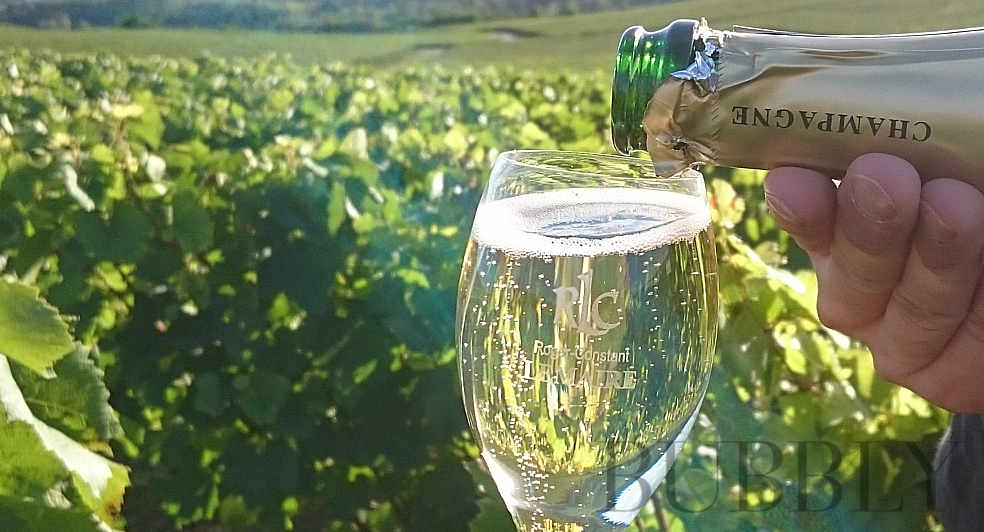
What is Champagne? Why is Champagne so popular? Why can real Champagne only be produced in France? Is there good & bad Champagne? What is Grower Champagne? Is there anything better than Champagne?
There are so many questions to be asked and answered in the world of Champagne. It provides jobs to tens of thousands of individuals worldwide, joy to millions, and even investment opportunities.
So, where do we begin when exploring Champagne? It’s a lot to cram into a single article, but let’s try.
Champagne is a word and product that most of us have heard of; it’s a household name, known for celebrations and good times. Some people will have never tasted it, some enjoy it once a year or on very special occasions and some enjoy a glass almost every day of the week. It’s available in every major supermarket to be tried from as little as £14.98 (perhaps more if you’re reading in the future), the most popular Champagne brand sells their standard label now for around the £45 mark, (£42.97 in Asda – Moë & Chandon Imperial Brut Champagne).

The Champagne Industry is filled with people from all aspects of life, from the vineyard managers to nurture the ground, vines and grapes, the winemakers to craft the perfect blend and the celler masters who take care of the bottles during their years of maturing, from the people who work on the ground, making it all happen, to the people responsible for sharing their creations, the managing directors, marketing teams, tour guides, event organises, distributers, importers, brand ambassadors, sales people and so many more, the world of Champagne is vast, not just in the glass.
The most famous saying for Champagne, and one you’ve perhaps heard of, is from the French Benedictine monk, Dom Pérignon, with his quote: “Come quickly, I am tasting the stars!”
The French, in particualr, Dom Pérignon, is created for the creation of sparkling wine, Dom Pérignon lived at the Abbey of Hautvillers in the Champagne region of France, he lived a life from 1638 to 1715. Exploring the history of ‘sparkling wine’ this story unfortunelty loses some of its charm when we dig deeper, as he was not officaily the eventor of ‘sparkling wine’ the story of it’s created jumps arcoss the pond to England in 1662, with Christopher Merret, who was an English physician and scientist, he is the one who was the first to document the deliberate addition of sugar for the production of sparkling wine.
Another story also says that a batch of still wines from France were left sitting on a port in England, where the bottles started exploding, as the second fermentation was beginning to take place within the bottle, that the creation of sparkling wine was, as you could say a happy accident, or perhaps someone not doing their job.
Dom Pérignon, although not the creator of sparkling wine, is rightfully credited with perfecting the technique of making Champagne (sparkling wine) and even finding a way to control the secondary fermentation process.
In the beginning, the normal glass bottles, which were normally used for still wines, were not strong enough to house sparkling wine, which caused a lot of bottles to explode under pressure, which brought up the price of each bottle and made it a very luxury product for the rich of the time.
The need for the production of stronger glass bottles for Champagne came from developments in the British glass industry during the early 17th century, singularly out the work of Sir Kenelm Digby and the use of coal-fired glass factories as the driving force behind its production.
Champagne is one of the few drinks which is always alive within the bottle, if you bought two of the same bottles today, drunk one now and decided to drink the other in 20 years time, you’ll get a different experience, as the Champagne within the bottle has aged, matured and changed with time, all sparkling wines are alive inside the bottle, but there is no need to be concerned, they are always completey safe to drink, even when corked or damaged by light strike, when that in particualar happens, it just means you’ll be tasting it in a subpar quality, not as intended.
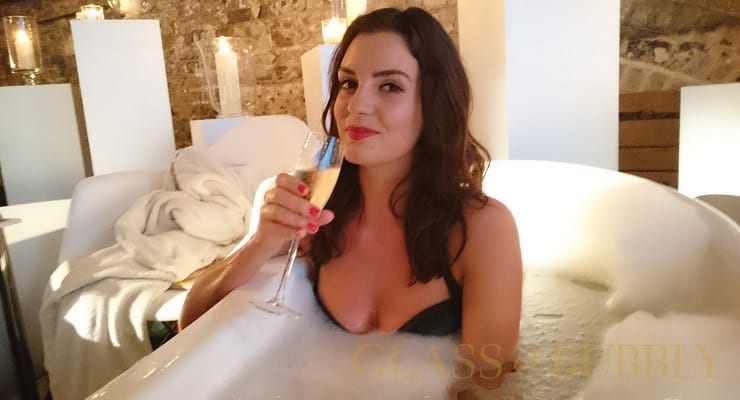
Storing your Champagne at home requires a couple of things to ensure it’s kept in it’s best condition, such as lying the bottle on it’s side so the liquid is always in contact with the cork, and ensuring it’s in a constent cool and dark location, as heat can speed up the ageing within the bottle and ‘lightstike’ can cause damage to the liquid. Of course, if you intend to drink your Champagne soon, the best place is within your fridge.
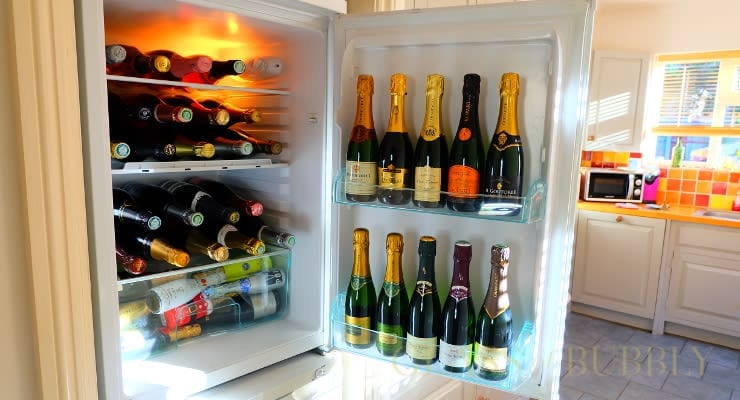
Every bottle of Champagne has it’s own personaility, it’s own taste and flavour, including differnet sugar levels, different terrior, different towns and region, different grapes, winemakering skills, and more, so when buying a bottle of Champagne, there is information on each bottle that tells you about the wine, understanding How To Read A Champagne Label can be difficult for new comers, we put together a guide to help out, when you become a bit familiar with Champagne, it becomes easier to understand the difference, but it will require you to taste the diference to trully understand them.
Once you have your bottle of Champagne, there are three distenct ways you can open your bottle, so How To Open A Bottle Of Champagne, it can be with a whisper, a pop or a sword, yes, it’s called ‘Sabreing’, where you slide a blade/sabre/sword across the next of your bottle of Champagne, perfectly breaking off the top, it’s a wonderful thing to be able to do, and one that should be one your bucket list.
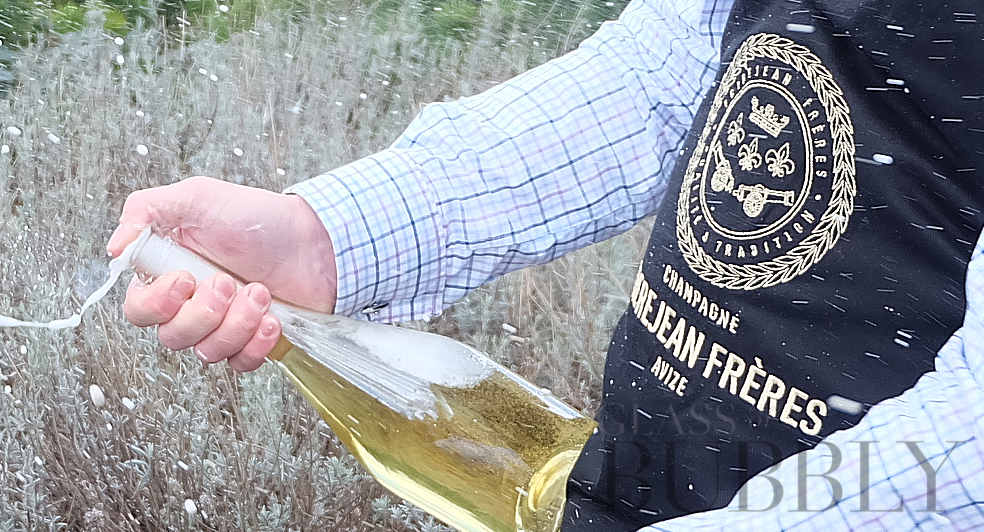
After the cork flies from the bottle, you can recycle it or re-use it, there are a few Fun Things To Do With Champagne Corks.
What is Champagne? Simply put, Champagne is a ‘Sparkling Wine’, which is produced in the Traditional Method, in the Region of Champagne, in Northern France. Champagne can’t be produced outside of the Champagne region; other sparkling wines made in France would be called something else, such as Crémant, for example.
Champagne can only be created with a certain 8 wine grapes. The three main grapes, which you’ll likely see in some variety on most bottles, are Chardonnay, Pinot Noir and Pinot Meunier. The others include: Pinot Blanc, Pinot Gris, Petit Meslier, Arbane & Voltis. It’s rare to find a Champagne using all 8 or even 7 of the grapes, but as the option for Champagne expands, those who can will end up producing these kinds of blends.
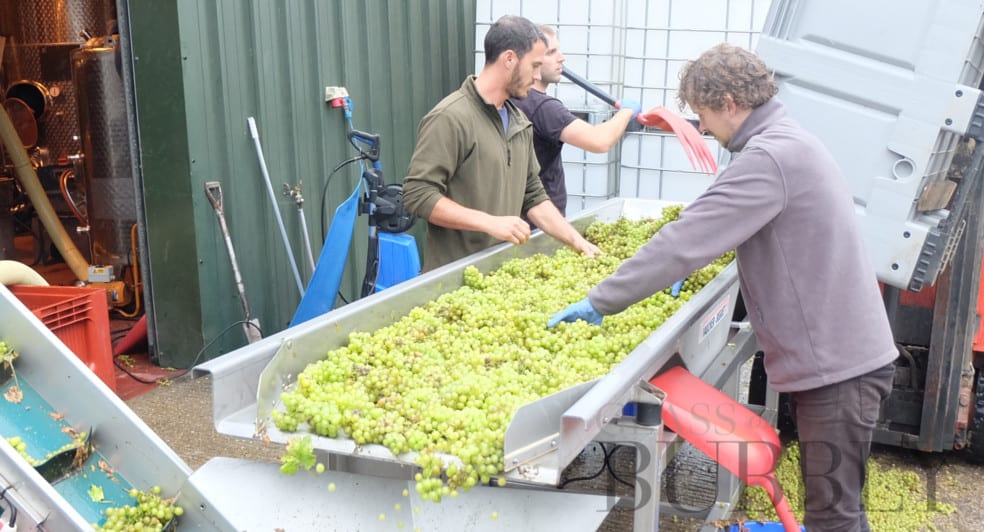
For the winemaker, when creating Champagne, the secondary fermentation in a bottle involves adding yeast and sugar to a bottle of still wine, forming carbon dioxide gas, which then creates bubbles in the wine.
The Champagne Region is located in Northern France and includes some famous Champagne villages which you may have heard of, such as Épernay, Reims, Aÿ, Mareuil-sur-Ay and Hautvillers.
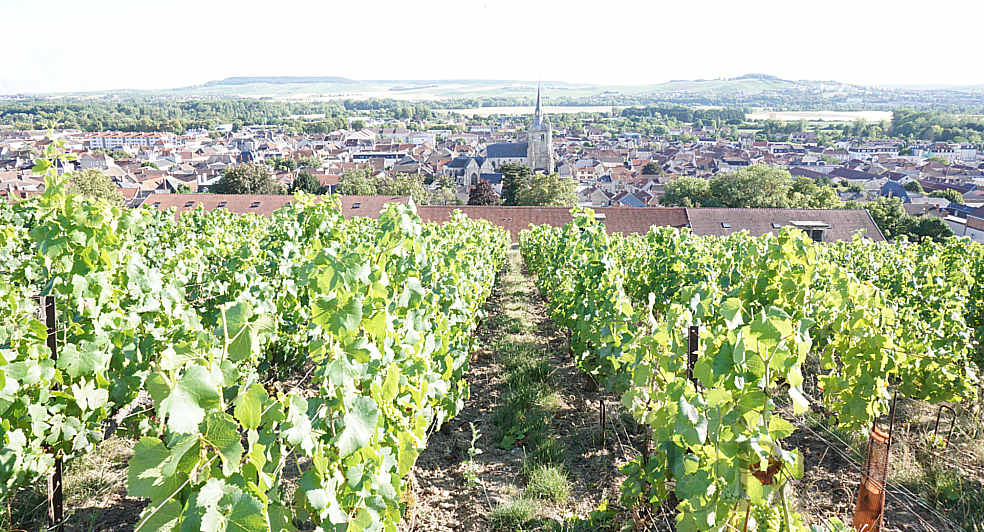
Aÿ – Village in Champagne
The Magic of Vintage Champagnes is a whole new world you can jump into, especially if you enjoy tasting a bit of history. A Vintage Champagne simply means that all the grapes within the bottle were grown and harvested during that year, compared to a N.V. / Non Vintage, which means that the winemaker has used grape juice (reserve wine) from previous harvests to craft the perfect blend for the house. Some big wineries need their ‘reserve wine’ to blend with their new grape juice to put together the same blend year after year, so its fan base knows they’ll always enjoy the same taste.
The Oldest Bottle of Champagne to still exist is thought to pre-date the French Revolution, going back between 1782 to 1788. It is little pieces of history like this that fuel the passion and love for Champagne Collectors all over the world, searching for a piece of the past to taste and savour. Old vintages dating back to the 80s, 70s and 60s for example are commely sought after by collectors.
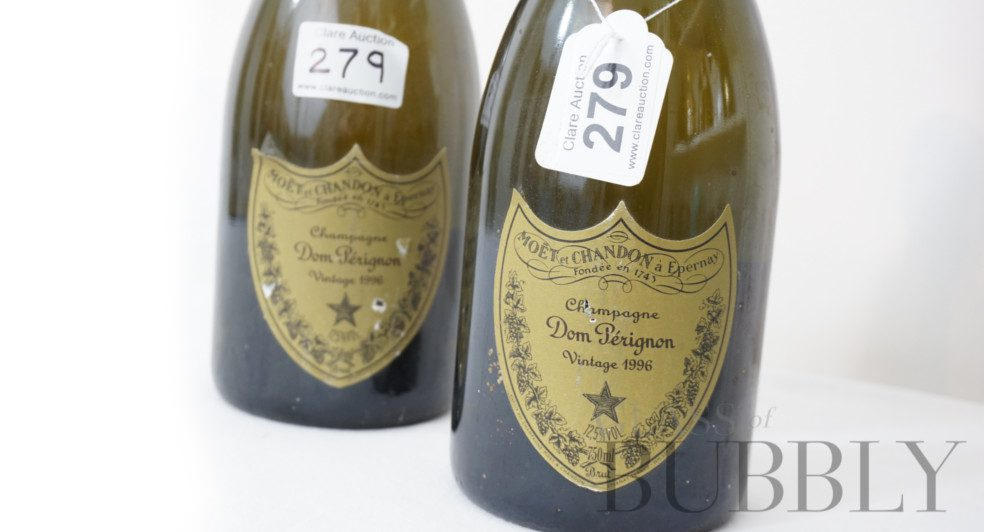
The word ‘Champagne’ is a sacred one, it can rarely be used on anything other than sparkling wine produced from the region of Champagne in France, there is a famous example where in 2013, a case against ‘Apple‘ took place, when they announced the release of a new iPhone colour, they named it ‘Champagne’, the C.I.V.C. (Comité Interprofessionnel du vin de Champagne) wasn’t happy at all, and ended up legally making Apple change the name.
There is American Champagne, to explain further, wines have been made in California since the 1860s, and when they made Sparkling Wines, they typically labeled them as Champagne, along with mentioning that they were from California, it was only in 2006, when a contract with the United States was revisited, that they signed and agreed not to allow any new American wineries to call themselves or their Wines/Sparkling Wines by the name of Champagne.
Shampanskoye = Champagne, in Russian, this word can be used on sparkling wines produced in Russia, if you want to read more about that story, you can do here: The War On Champagne
Champagne has a history, just like the History of Wine, but it is it’s history during the second world war that is interesting to discover What Happened To Champagne During World War 2, from Sir Winston Churchill drinking 42,000 bottles of Pol Roger Champagne during his lifetime, causing them to create the Cuvée Sir Winston Churchill label, to Champagne Houses cermenting off tunnels, building false walls, and blocking rooms, hiding tens of thousands of their vintage Champagnes from the invading and Champagne thirst Germans.
Even in the more modern day, Champagne has it’s place on the podium of life, for the extrody celebration moments, discovering the History of Formula 1 Champagne, only a handful of brands have been celebrated with on the podium of a F1 race, with the first bottle of Champagne being popped open at the 1950 French Grand Prix, at the Reims-Gueux circuit on 2nd of July.
One of the marketing reasons we also know and associate Champagne with style and luxury is become of the one and only, 007, James Bond, featuring Champagne a total of Champagne 65 Times, I had great fun putting together the Complete Guide To James Bond’s Champagne Moments thoughout every movie from Sean Connery’s Dr. No, up to Daniel Craig’s final moments in No Time To Die.
There is of course more to find out about Champagne, it’s a constantly evolving industry, which we aim to always highlight here on Glass of Bubbly, it’s a wonderful industry to be involed in, from an amature perspective to becoming the next Master of Wine, the industry is open and welcoming to all with a passion for a Glass of Champagne.
![]()
Oliver Walkey
Champagne and Sparkling Wine Writer, Focused on Bringing the Exciting and Fascinating World of Bubbly to You.
